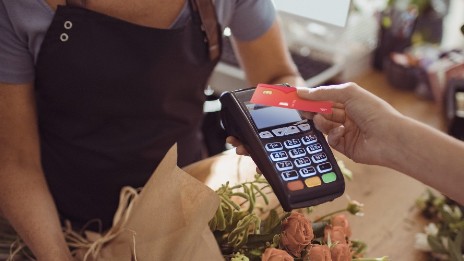We are focused on helping you bank safely online. Learn how to protect yourself from scams and fraud.
View the latest scam alerts
Find out about our latest scam alerts and what to do if you've received a suspicious message.
Report suspicious activity
If you have received a suspicious email, text message, or call, let us know by reporting it.
Staying safe from scams and fraud
Scams knowledge hub
Scammers are becoming more sophisticated and are using a range of platforms to target their victims. We've gathered information on a number of common scams to help you identify the warning signs.
Fraud knowledge hub
Fraud is when suspicious activities happen without your knowledge. Safeguarding your personal information and devices are essential steps to help protect yourself from potential fraud.
Protecting your business
Businesses can also be targeted by criminals. As a business owner, it’s important to implement effective risk management practices and systems, ensuring both protection for your business and your customers.
3 steps to remember
-
Stop - don't give money or personal information to anyone if you're unsure.
-
Think - ask yourself, could the message or call be a fake?
-
Protect - act quickly if something feels wrong.
How we're protecting you
Protecting you 24/7
As soon as a suspect transaction is detected by Bendigo Bank 24/7 fraud monitoring, we will try to contact you to verify the transaction.
Multi-factor authentication
Multi-factor authentication (MFA) is a security measure that requires two or more proofs of identity to verify a user. Asking for additional details to confirm your identity provides greater security compared to a password alone, making it harder for criminals to access your accounts or information.
Secure online shopping
Mastercard Identity Check, Visa Secure and eftpos Secure are free services that protect your card against unauthorised transactions, giving you confidence when shopping online with your Bendigo Bank debit or credit card.
Payee Check
Payee Check is an e-banking security feature that checks the account details you enter when you make a first-time payment to a new payee.
Learn how to protect yourself
How to keep your online banking safe
Here are five ways to protect your online banking information.
9 ways to protect your privacy online
Eight top tips to help to protect you and your family online.
4 ways to use card controls
Here are four ways to use card controls in your everyday life.
Learn more about how we protect you
We take great care to protect customer's money and personal information.
If you need help or more information
Phone
If you have clicked on any suspicious links and entered your e-banking details:
Call 1300 236 344 (in Australia) or +61 3 5445 0666 (from overseas - standard international call charges apply)
- Monday to Friday - 8am to 9pm AEST/AEDT*
- Weekends and some public holidays - 9am to 8pm AEST/AEDT
*Excludes Christmas Day
SMS
If you have received a suspicious SMS message claiming to be from us, you can forward it to 0429 557 997 for investigation.
Please note you will not receive a personal response from 0429 557 997.
If you have received any suspicious emails, you can forward them to us via email.
Please note you will not receive a personal email response from us.








